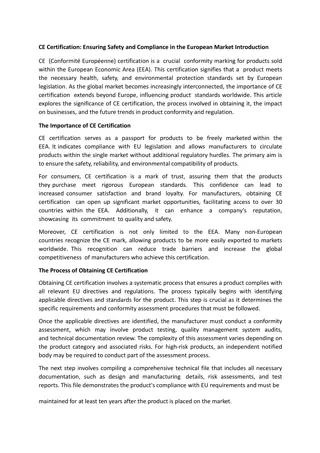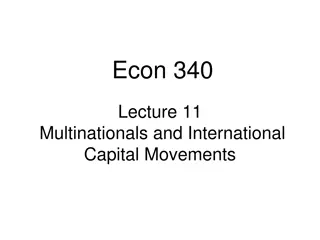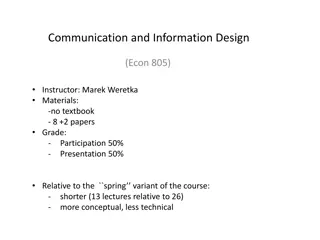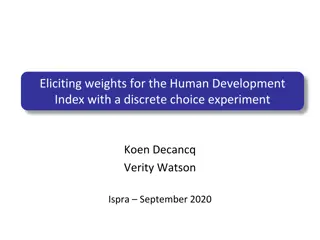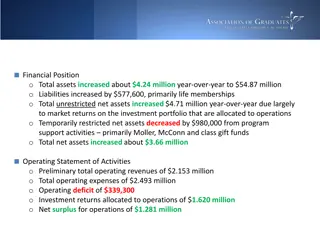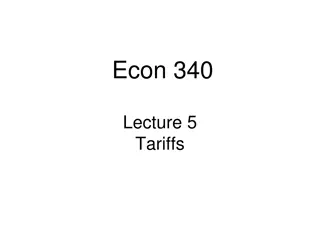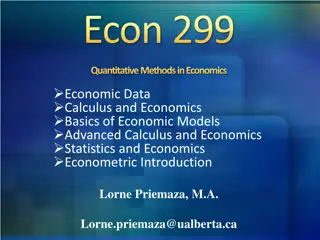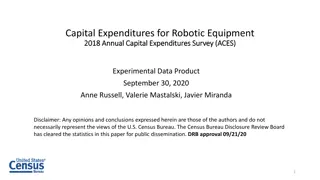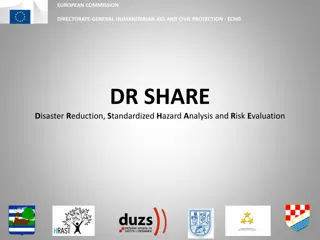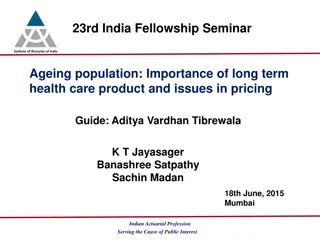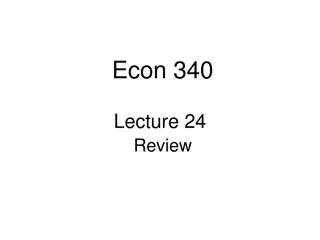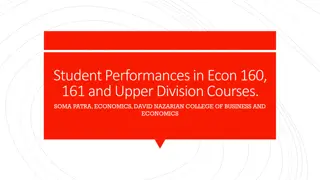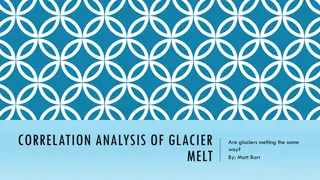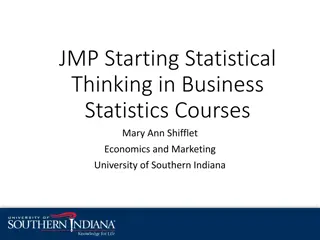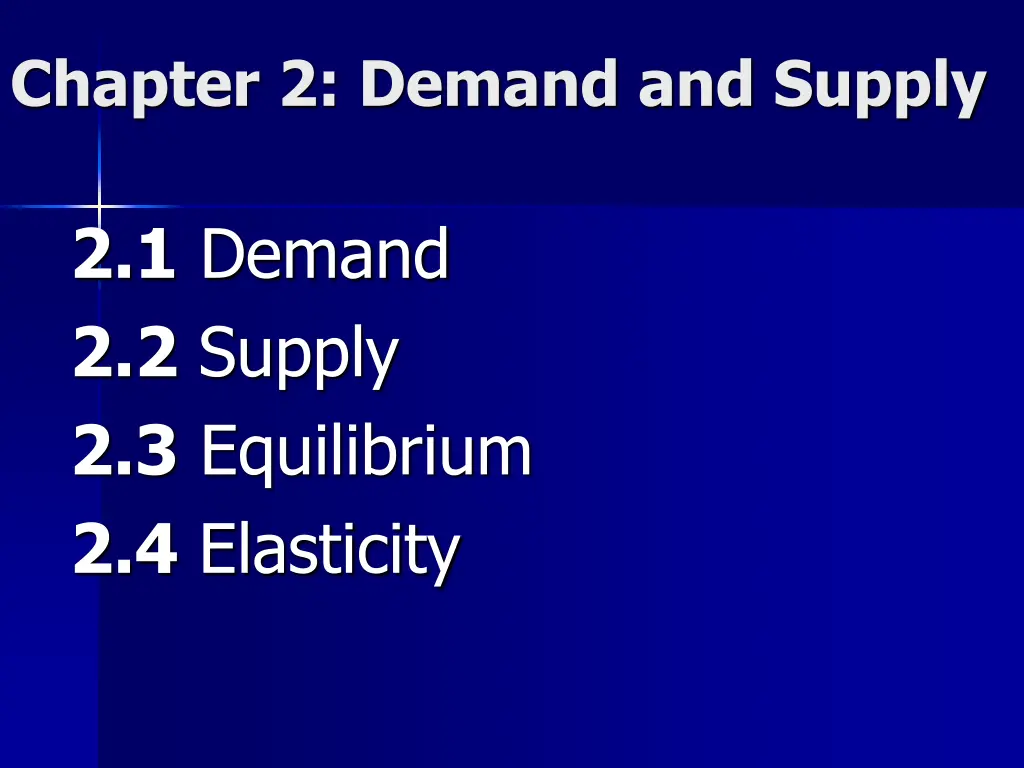
Understanding Demand and Supply in Economics
Explore the fundamentals of demand and supply, including definitions, origins, the law of demand, individual demand schedules, and mathematical notes related to pricing and quantity. Learn about perfect competition assumptions and the equilibrium point in economics.
Download Presentation

Please find below an Image/Link to download the presentation.
The content on the website is provided AS IS for your information and personal use only. It may not be sold, licensed, or shared on other websites without obtaining consent from the author. If you encounter any issues during the download, it is possible that the publisher has removed the file from their server.
You are allowed to download the files provided on this website for personal or commercial use, subject to the condition that they are used lawfully. All files are the property of their respective owners.
The content on the website is provided AS IS for your information and personal use only. It may not be sold, licensed, or shared on other websites without obtaining consent from the author.
E N D
Presentation Transcript
Chapter 2: Demand and Supply 2.1 Demand 2.2 Supply 2.3 Equilibrium 2.4 Elasticity
2.1 Demand & Supply in Perfect Competition Assumptions: a large number of buyers and sellers of a good everyone has full information no one buyer or seller has any market power; individuals are price-takers Demand and Supply are simplest in a PC (perfect competition) market Different supply and demand curves exists for every good in every location at one time 2
Demand: Definition A schedule showing amounts that will be purchased at different prices during some specified time period, everything else held constant (ceteris paribus) This could refer to goods and services (goods market) This could also refer to labour and capital (factor market) 3
Demand: Origins Demand for a good or service comes from two areas: 1) Derived Demand desired to make something else (ie: iron is desired to make cars) 2) Direct Demand desired to be used/consumed itself (ie: Pepsi Vanilla is desired to be drank) 4
The Law of Demand There is an inverse relationship between the quantity of anything that people will want to purchase and the price they must pay to obtain it: ceteris paribus (all else held equal) This causes demand curves to be downward sloping When prices increase, people buy less When prices decrease, people buy more 5
The Individuals Demand Schedule A Price/Unit $ 5 Qn/yr B Price of Downloads ($) 4 A B C D E 5.00 4.00 3.00 2.00 1.00 10 20 30 40 50 C 3 D Change in Price = Movement along the Demand 2 E 1 20 0 10 30 40 50 6 Number of Downloads per Year
Math Note: We always graph P on vertical axis and Q on horizontal axis, but we write demand as Q as a function of P If P is written as function of Q, it is called the inverse demand: Normal Form: Qd=100-2P Inverse form: P =50 - Qd/2 7
Change A: Changes in Quantity Demanded A change in a good s price Causes a change in quantity demanded (the same thing as a movement along the same demand curve) 8
A Change in Quantity Demanded Originally, song downloads cost $2 5 Price of Downloads ($) 4 Due to a tax, song downloads increase to $3 3 2 1 D1 D3 30 0 20 40 50 60 70 80 Quantity of Downloads Demanded 9
Change B: Shifts in Demand A change in non-price determinants of demand (income, tastes, etc) Causes ashift in demand* *The whole demand schedule 10
A Shift in the Demand Curve Decrease in Demand Suppose universities outlaw the use of Smartphones Suppose the government gives every student an free Smartphone 5 4 Price of Songs ($) 3 Increase in Demand 2 1 D2 D1 D3 30 0 20 40 50 60 70 80 Quantity of Songs Demanded 11
Non-Price determinants of Demand 4) Expectations Future prices Income Product availability 5) Population (market size) 1) Income, wealth 2) Tastes and preferences 3) The price of related goods Complements Substitutes What movement would these factors cause? 12
Shift vrs. Movement A policy to discourage smoking (no smoking in public buildings) shifts the demand curve left Price of Cigarettes, per pack Price of Cigarettes, per pack A tax raises the price of cigarettes, resulting in a movement along the demand curve $4 $2 $2 D D D 20 20 10 10 Number of Cigarettes smoked per day Number of Cigarettes smoked per day 13
Normal vs. Inferior Goods For normal goods, Demand decreases With income For inferior goods, Demand increases When income decreases Price of Kraft Dinner Price of Chicken $2 $2 D D D D 20 20 10 10 30 Chicken eaten in a month Kraft Dinner eaten in a month 14
2.2 Supply The amount a producer supplies depends on PROFITS, which depend on COSTS Costs depend on the kinds of inputs (factors of production) used the amount of each input used prices of inputs used technology 15
Supply: Definition A schedule that shows how much will be supplied at different prices for a given time period, ceteris paribus. This could refer to goods and services (goods market) This could also refer to labour and capital (factor market) 16
The Law of Supply The price of a product or service and the quantity supplied are directly related, ceteris paribus This creates an upward sloping supply curve The higher the price of a good, the more sellers will make available The lower the price of a good, the fewer sellers will make available 17
Change A: Change in Quantity Supplied A change in a good s price Causes A change in quantity supplied. (This is also called a movement along the supply curve.) 18
The Individual Producers Supply Schedule F 5 Price / Download Downloads G Price of Download ($) 4 H 3 F $5 550 I G 4 400 2 Change in Price Movement along The Supply J H 3 350 1 I 2 250 0 100 200300400500 600 J 1 200 Quantity of Downloads Supplied (millions) 19
Change B: Shifts in Supply A change in non-price determinants of supply Causes A shift in supply 20
A Shift in the Supply Curve When supply decreases the quantity supplied will be less at each price: ie: Developers form a union and successfully negotiate higher wages 5 S2 When supply increases the quantity supplied will be greater at each price: ie: Producers develop a cheaper way to provide downloads. S2a S1 b Price of Downloads ($) 4 b c d 3 d 2 1 40 0 20 60 80 100 120 140 Quantity of Downloads 21
Non-Price Determinants of Supply Cost of Inputs Technology and Productivity Taxes and Subsidies Price Expectations (in the input market) Number of firms in the industry 1) 2) 3) 4) 5) How will these shift supply? 22
2.3 Market Equilibrium In the Market, buyers and sellers interact, resulting in a Single Equilibrium of One Equilibrium Price One Equilibrium Quantity 23
Putting Demand and Supply Together: Finding Market Equilibrium (1) (2) (3) (4) (5) Download Difference (2) - (3) Price per Quantity Supplied Quantity Demanded Condition $5 100 million 20 million 80 million Excess quantity supplied (surplus) Excess quantity supplied (surplus) 4 80 million 40 million 40 million 3 60 million 60 million 0 Excess quantity demanded (shortage) 2 40 million 80 million -40 million Excess quantity demanded (shortage) 1 20 million 100 million -80 million 24
Market Equilibrium: Definition The condition in a market when quantity supplied equals quantity demanded at a particular price; a point from where there tends to be no movement Excess quantity supplied at price $5 S 5 Price pef Downlaod ($) 4 Market clearing, or equilibrium, price QD= QS E 3 2 A B 1 D Excess quantity demanded at price $1 0 20 40 60 80 100 Quantity of Download (millions) 25
The Law of Supply & Demand The price of any good will adjust until the price is such that the quantity demanded is equal to the quantity supplied A high price will result in excess supply, pushing price down, and a low price will result in excess demand, pushing price up the market clears resulting in a single market clearing or equilibrium price. 26
Example: The Market for Cranberries Qd = 500 4p QS = -100 + 2p p = price of cranberries (dollars per barrel) Q = demand or supply in millions of barrels per year 27
a. The equilibrium price of cranberries is calculated by equating demand to supply: = d s Q Q = 100 p + 500 4 2 p p p + = + 500 p 100 2 4 = * 100 $ b. Use equilibrium price with either demand or supply to get equilibrium quantity: = d 500 4 Q p = ( 4 d 500 100 ) Q = d 100 Q 28
Example: The Market For Cranberries Price 125 Market Supply: P = 50 + QS/2 P*=100 50 Market Demand: P = 125 - Qd/4 Q* = 100 Quantity 29
Factor Market Example: Coffee Shop Jobs Ld = 18 W LS = -10 + W W = Wage (the PRICE of labour) L = Labour (full time workers, the QUANTITY of labour) 30
a. The equilibrium wage (price) of workers is calculated by equating demand to supply: = d s L L = W + W 18 10 W W + = + 18 W 10 = * $ 14 b. Use equilibrium wage (price) with either demand or supply to get equilibrium labour (quantity): = d 18 L W = d 18 14 L = * 4 L 31
Example: Coffee Shop Jobs Wage (Price of Labour) 125 Market Supply: W = 10 + LS W*=14 50 Market Demand: W = 18 - Ld Q* = 4 L (Quantity of Labour) 32
Comparative Statics: Shifts in Demand &/or Supply How do you analyze a change in an exogenous variable? 1) Decide whether Demand &/or Supply is affected. 2) Decide in which direction the affected Demand &/or Supply will move. 3) Use a Demand and Supply diagram to determine the new equilibrium. 4) Calculate the new equilibrium. (if possible) 33
Comparative Statics: Gas Prices Summer 2022: Gas prices at equilibrium are $1.67 per liter Winter arrives and people drive less (downward shift in demand) The new market equilibrium is $1.37 per liter Cold Weather causes a decrease in gas prices 34
Winter Gas Prices S E2 $1.67 E1 $1.37 D2 D1 Q2 Q1 35
Simultaneous Shifts Example of a double shift. 2 events 1. supply 2. demand only supply P, Q. only demand P, Q. Q is guaranteed 36
Increased Price Example S1 S2 E2 P2 E1 P1 D2 D1 Q2 Q1 37
Decreased Price Example S1 S2 E1 P1 P2 E2 D2 D1 Q1 Q2 38
Simultaneous Shifts Example of a double shift. Second possibility: 2 events 1. supply 2. demand only supply P, Q. only demand P, Q P is guaranteed 39
Increased Quantity Example S1 S2 E1 P1 E2 P2 D1 D2 Q2 Q1 40
Decreased Quantity Example S1 S2 E 1 P1 E2 P 2 D1 D2 Q1 Q2 41
Example: The Market for Cranberries = d 500 4 + Q p 2 = 100 s Q p p = price of cranberries (dollars per barrel) Q = demand or supply in millions of barrels per year Assume that a plague reduced cranberry supply by 100 and fear of inflection likewise reduced cranberry demand by 100 so that: = d 500 4 100 Q p = d 400 4 Q p 2 = 100 + s 100 Q p = 200 + s 2 Q p 42
a. The new equilibrium price of cranberries is calculated by equating demand to supply: Q Q + = = d S 400 4p - = 200 2p + + 400 200 2p 4p $100 = p * b. Use equilibrium price with either demand or supply to get equilibrium quantity: ?? = 400 - 4P ?? = 400 4(100) ?? = 0 43
Example: The Market For Cranberries New Market Supply: P = 100 + QS/2 Price 125 Old Market Supply: P = 50 + QS/2 POLD=PNew 50 Old Market Demand: P = 125 - Qd/4 QOLD QNew Quantity New Market Demand: P = 100 - Qd/4 44
2.4 Elasticity: Percentage Change Which makes more sense? GDP increases by 1.4% OR GDP increases by $2.1 Billion Inflation is 3.2% OR Prices have gone up between 5 cents and $350,000 Percentage changes are often easier to understand than the amount of change Economists often use elasticities to examine percentage change or responsiveness 45
Price Elasticity of Demand Price Elasticity of Demand ( Q,p) The percent change in quantity demanded when its price increases by 1% Depends on: A) slope of demand curve B) location on demand curve 46
Solution: Price Elasticity of Demand Price Elasticity of Demand Percentage change in quantity demanded = Q,P Percentage change in price % Qd = Q, P % P The ratio of the two percentages is a number without units. 47
Price Elasticity Example Price of oil increases 10% Quantity demanded decreases 1% 1 - + % = = 1 . Q, P 10 % When discussing the price elasticity of demand, this negative sign is often implied. 48
Elastic Demand: D < -1 % ? ???? ?? ???????? > % ? ???? ?? ????? % ? > % ? Bananas: If a 10% Price 30% Quantity ??=% ?? % ? 30% 10%= 3 ??= People are SENSITIVE to price changes. Other examples: Chocolate bars, extra cell phone charger (most cheap items at a checkout) 49
Inelastic Demand: D > -1 % ? ???? ?? ???????? < % ? ???? ?? ????? % ? < % ? Cell phone Service: If a 10% Price 0.5% Quantity ??=% ?? ??= 0.5% % ? = 0.05 10% People are INSENSITIVE to price changes. Other examples: Utilities, drugs, internet (items people need or think they need) 50


